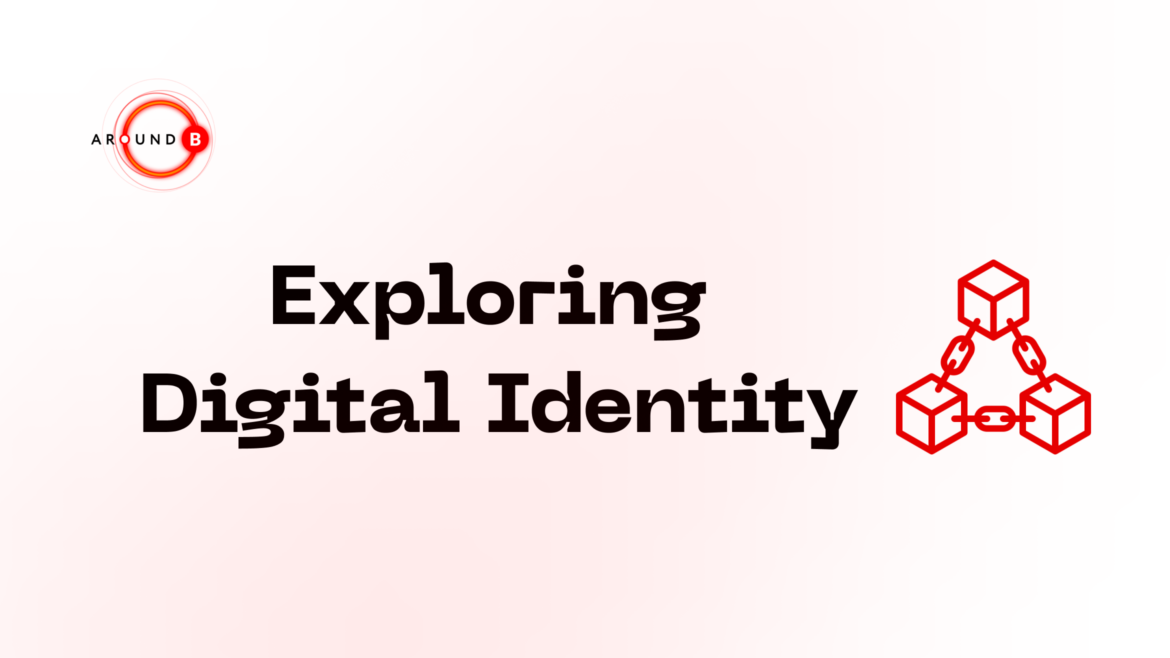
The evolution of digital identities started during the pandemic when many companies moved to online or hybrid formats. Starting with digital vaccine passports and mobile IDs, the EU government now states that by 2030, a minimum of 80% of the population should have access to a digital ID solution enabling them to utilize essential public services. But what about crypto?
The entire crypto community is aware of Worldcoin, a project whose minting necessitates undergoing a retina scan in exchange for tokens. There was enormous hype at the time of the launch but the price of Worldcoin dropped by 45+% in its first month. Did project founder and ChatGPT founder Sam Altman make a mistake with Worldcoin? And how should blockchain technology influence digital identity?
A great example of what blockchain does for digital identity can be seen with KILT, a blockchain identity protocol for generating self-sovereign, decentralized identifiers (DIDs) and verifiable credentials. KILT’s mission encompasses the following objectives:
- Empower individuals with control over their personal data.
- Reinstate trust in the online realm.
- Establish a framework for generating industry-standard Decentralized Identifiers (DIDs).
- Facilitate credible providers in crafting identity solutions through the issuance and validation of reusable digital credentials.
But let’s start from the bottom and dive into the definition of Digital Identity. Digital identity is a technological trend reshaping the way individuals engage with both public institutions and private enterprises. Information like a user’s search history, social media interactions, transaction records, login credentials, call logs, date of birth, credit and medical histories, along with other vital data, is consistently migrated to reside on the internet. This process culminates in the creation of an individualized profile distributed across various databases, constituting what is known as the user’s Digital Identity.
Blockchain has enormous potential to influence the digital identity sphere by making it more reliable and secure. A digital identity system built on blockchain technology presents a solution to the existing challenges posed by conventional identity management systems. Harnessing the decentralized architecture of blockchain offers a secure and tamper-resistant method for both storing and validating identity details. This has the potential to thwart instances of identity theft, fraudulent activities, and other cybercrimes that often emerge due to the centralization of identity data.
Furthermore, a blockchain-based digital identity system has the capacity to eradicate the need for repetitive identity verifications across multiple platforms. Instead, users can securely store their identity information within the blockchain and employ it to access various services without the need to continually share sensitive data. As a result, this approach can curtail the risk of data breaches and significantly enhance user privacy.
Blockchain could reshape digital identity in the following ways:
- Decentralization: Blockchain’s defining feature is decentralization. Instead of relying on a central authority, it enables a distributed network of nodes to store and validate data. This minimizes the risk of cyberattacks and identity theft, as there’s no central point to compromise.
- Immutability: Blockchain’s data immutability ensures that once information is recorded, it cannot be changed or erased. This attribute provides a tamper-resistant and secure method of storing identity data, guarding against unauthorized access or alterations.
- Transparency: The distributed nature of blockchain allows all network participants to access and verify data, fostering transparency and trustworthiness.
- Privacy: Protecting user privacy is a critical concern in digital identity management. Blockchain-based systems grant users more control over their data, enabling them to choose what information to share and with whom.
- Interoperability: Interoperability among various identity verification systems is a significant challenge. Blockchain-based digital identity systems can potentially establish a universal digital identity applicable across multiple platforms and services. This eliminates the need for repeated identity verifications, enhancing user convenience.
- Cost-effectiveness: Traditional identity verification processes can be expensive and time-consuming. The utilization of blockchain-based digital identity systems can cut costs by bypassing intermediaries and redundant verifications.
Nevertheless, introducing blockchain-based digital identity systems comes with its own set of challenges. A pivotal hurdle lies in safeguarding user privacy and data integrity. Moreover, the establishment of regulatory and legal structures is imperative to ensure alignment with prevailing laws and regulations concerning the application of blockchain in managing digital identities.

